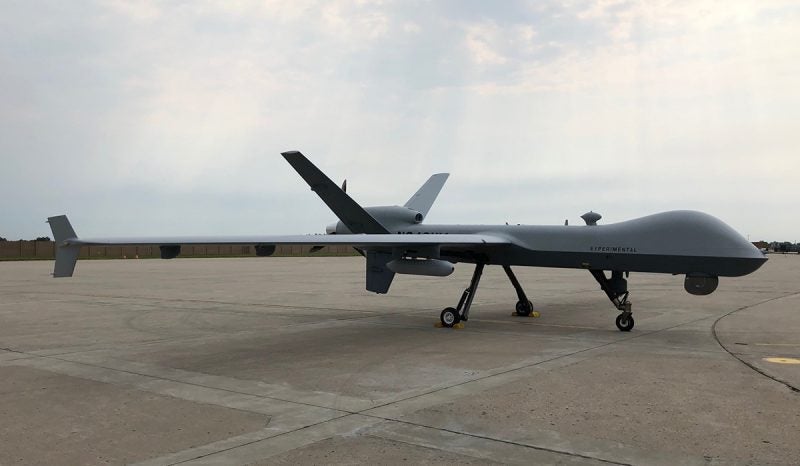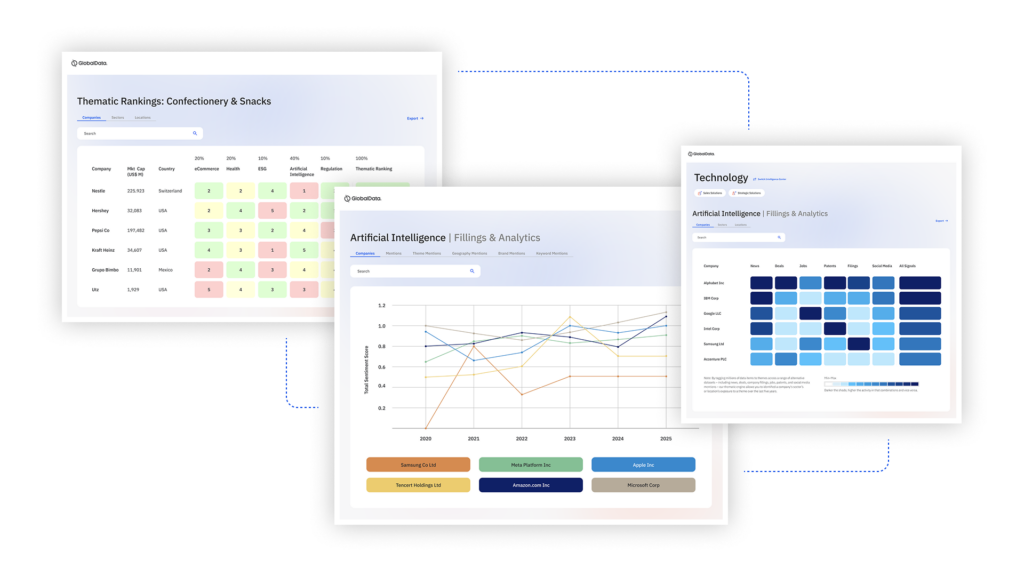
General Atomics Aeronautical Systems (GA-ASI) has conducted a flight test of MQ-9 Remotely Piloted Aircraft (RPA) integrated with the Agile Condor Pod.
The integration was carried out with support from State Rehabilitation Council (SRC) at its Flight Test and Training Center in Grand Forks, North Dakota, US.
SRC has developed the Agile Condor high performance embedded computing architecture for the US Air Force Research Laboratory (AFRL).
Agile Condor Pod system is a scalable, low cost, size, weight and power (low-CSWaP) hardware architecture. It is designed to enable high-performance embedded computing (HPEC) on board the RPA.
Combined with machine learning algorithms, it offers the capability to detect, correlate, identify and track objects of interest.
The MQ-9 uses GA-ASI’s built-in electro-optical / infrared (EO / IR) sensor and synthetic aperture radar (SAR) to automatically identify objects.

US Tariffs are shifting - will you react or anticipate?
Don’t let policy changes catch you off guard. Stay proactive with real-time data and expert analysis.
By GlobalDataThis is said to be a key step to increased automation, autonomous target detection and quick decision-making.
GA-ASI will work with AFRL to boost capabilities and facilitate the switch to ‘operational constructs’. It is expected to enhance the combat capability of troops in controversial or rejected environments.
GA-ASI president David Alexander said: “Computing at the edge has tremendous implications for future unmanned systems.
“GA-ASI is committed to expanding artificial intelligence capabilities on unmanned systems and the Agile Condor capability is proof positive that we can accurately and effectively shorten the observe, orient, decide and act cycle to achieve information superiority.
“GA-ASI is excited to continue working with AFRL to advance artificial intelligence technologies that will lead to increased autonomous mission capabilities.”
Earlier this week, GA-ASI and Sener announced the development of a Nato Pod for the MQ-9 RPA.


